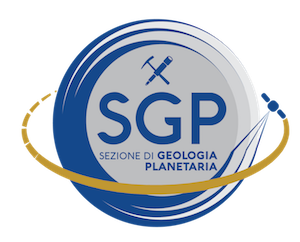Bologna
Wednesday – Thursday
December 11-12th 2019
SPEAKER:
Dr. Michael J. Russell NASA Astrobiological Institute, NASA Ames Research Center, California
Programme:
December 11, 4-6pm: Aula GIS, BiGeA Dep., Via Zamboni 67, Bologna
Why and How Life Started: Life was driven into being to resolve the disequilibria between the fuels H2 and CH4 emanating from submarine hydrothermal alkaline springs (pH ~11), as against the CO2 and nitric oxides dissolved in the acidulous early
ocean (pH ~5.5). A comparison will be made between how a rocket, driven by the same fuels and oxidants, works at high temperature, and life that works much more slowly at low temperature, so supplying the organic intermediates for metabolilsm.
DEC. 12, 9-11am: Genesis of large sedimentary exhalative orebodies.
December 12, 9-11am: Sala Rossa, Ist. di Studi Superiori, Via Marsala 26, Bologna
Genesis of large sedimentary exhalative orebodies: SEDEX zinc + lead +/- copper ore deposits such as Mount Isa and Broken Hill, Australia; Sullivan in Canada and Navan in Ireland are the largest in the world. Here I address the genesis of the Irish Zn-Pb ore field in order to consider how to explore for more ore. Apart from studying the ore deposits themselves, I will take account of their total geological, geochemical and geophysical context to demonstrate how they were likely generated, and what are the tell-tale signs of their hidden existence.
Dr. Michael Russell has recently transitioned from the Jet Propulsion Laboratory, California Institute of Technology, where he was testing his theory on the emergence of life—research that he intends to continue in Italy as a NASA associate scientist.
Michael has worked in the chemical, in mineral exploration in the Pacific region, Canada, Europe and Africa before his appointment as the Dixon Research Professor at Glasgow University, Scotland. His work on his Alkaline Vent Theory for the Emergence
of Life there and in the USA was recognized with the award of the 2018 NASA Exceptional Scientific Achievement Medal.
Flyer

